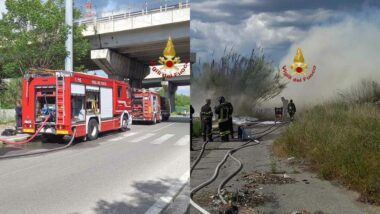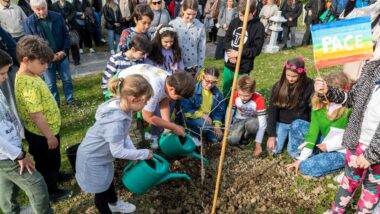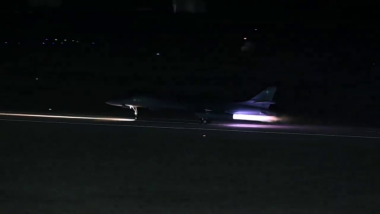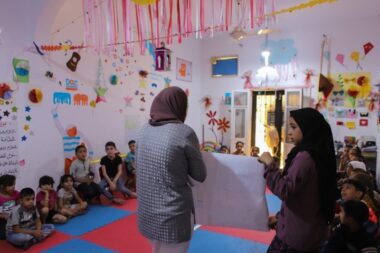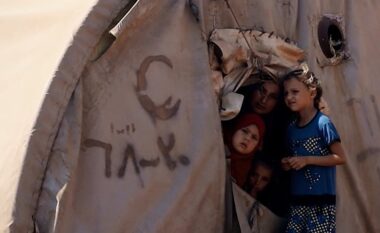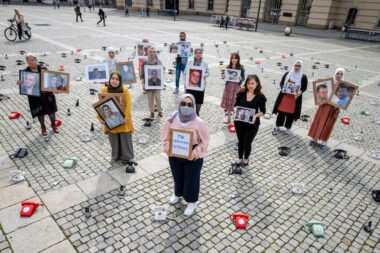FOTOGALLERY | Siria, l’orrore della guerra nei volti dei bambini
Solo nel 2018, in Siria 1.106 bambini sono stati uccisi nei combattimenti, il più alto numero di bambini uccisi in un solo anno dall'inizio della guerra.

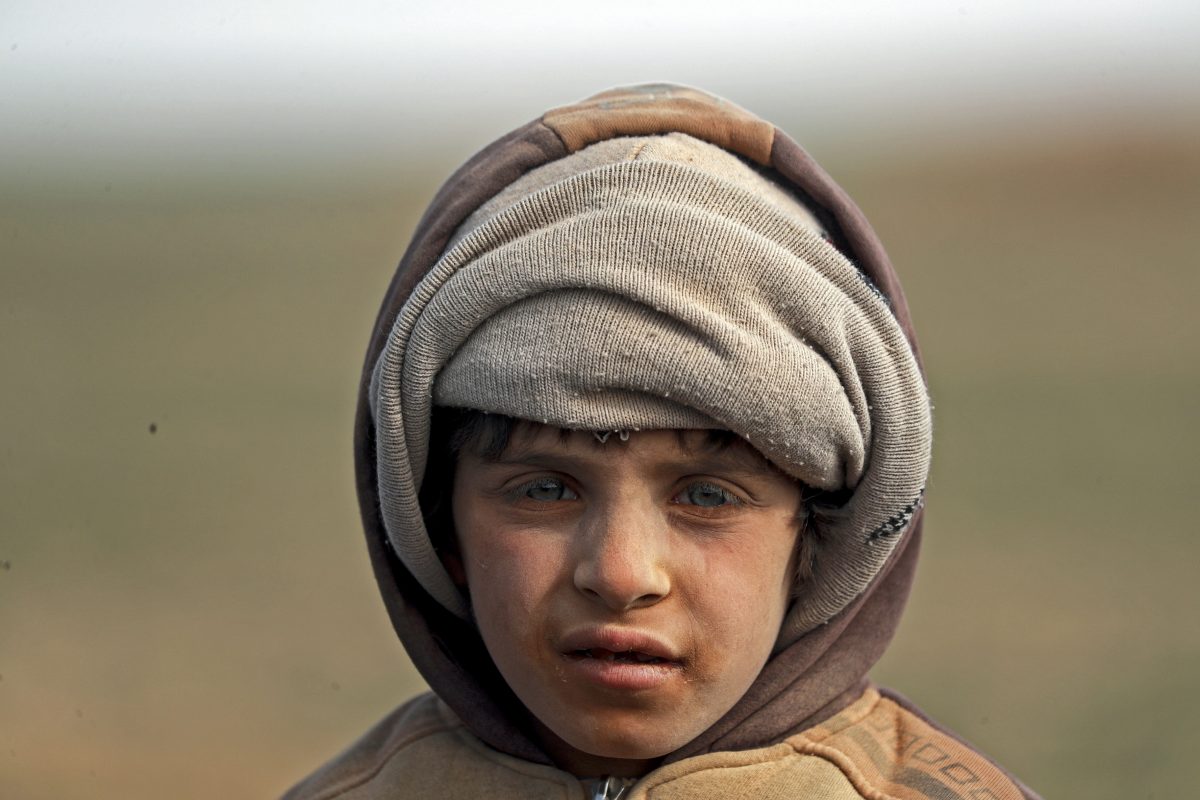
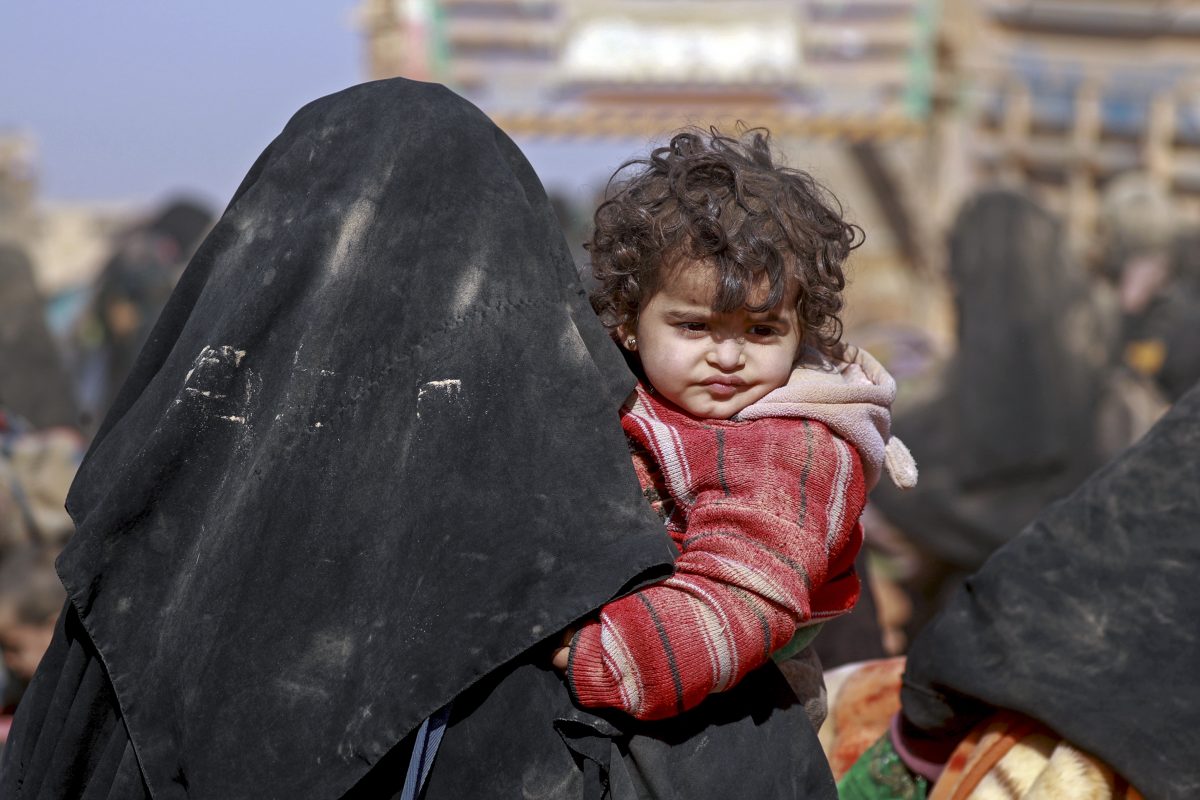
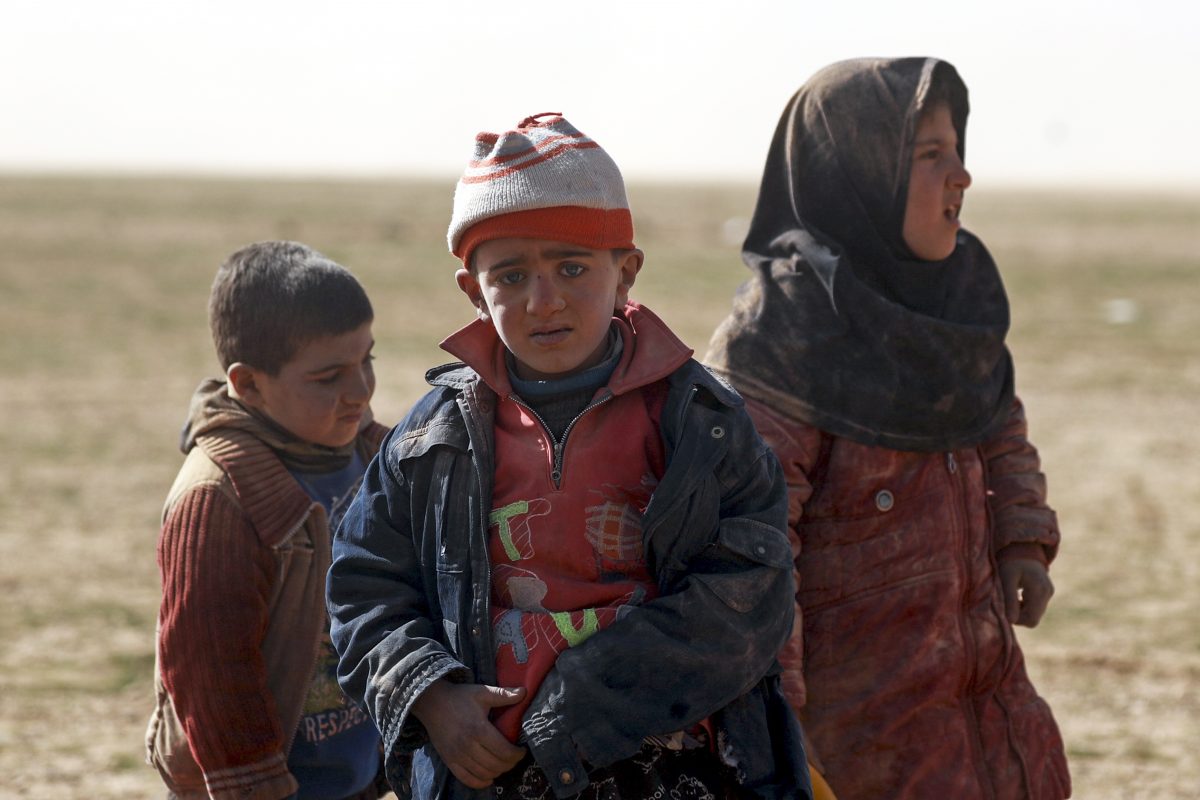
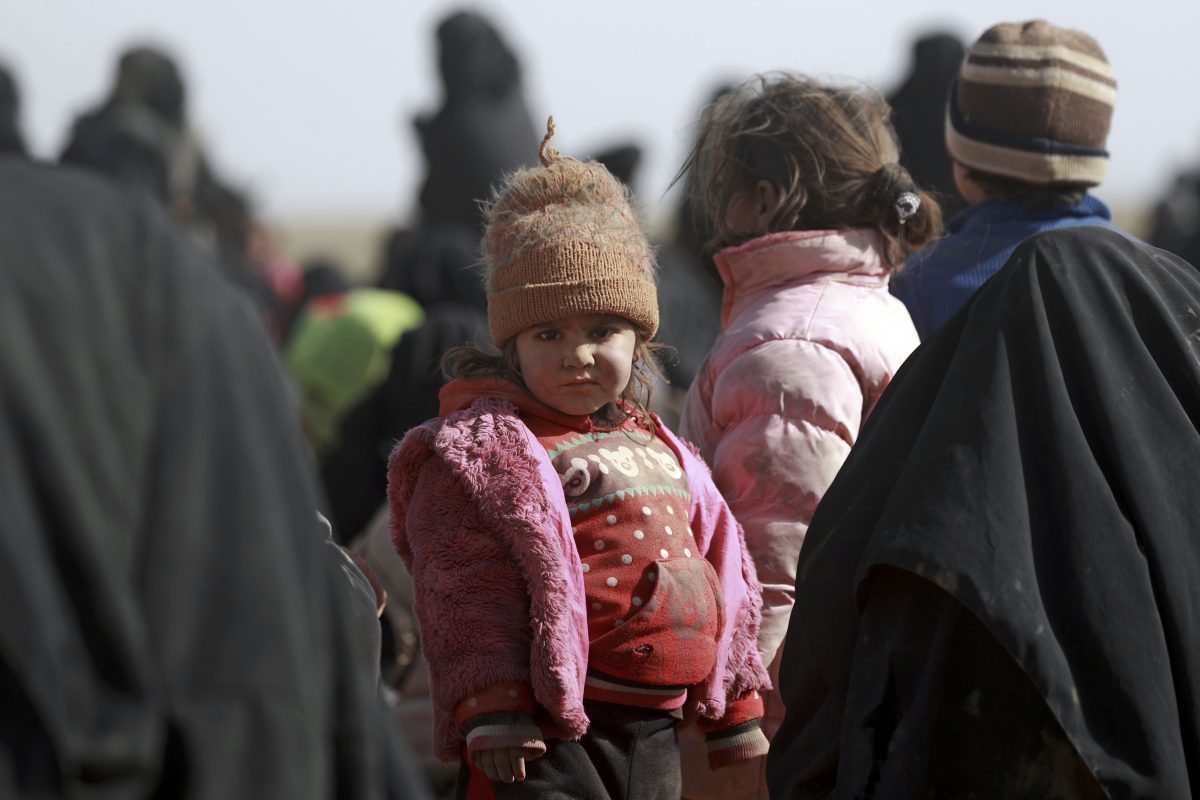

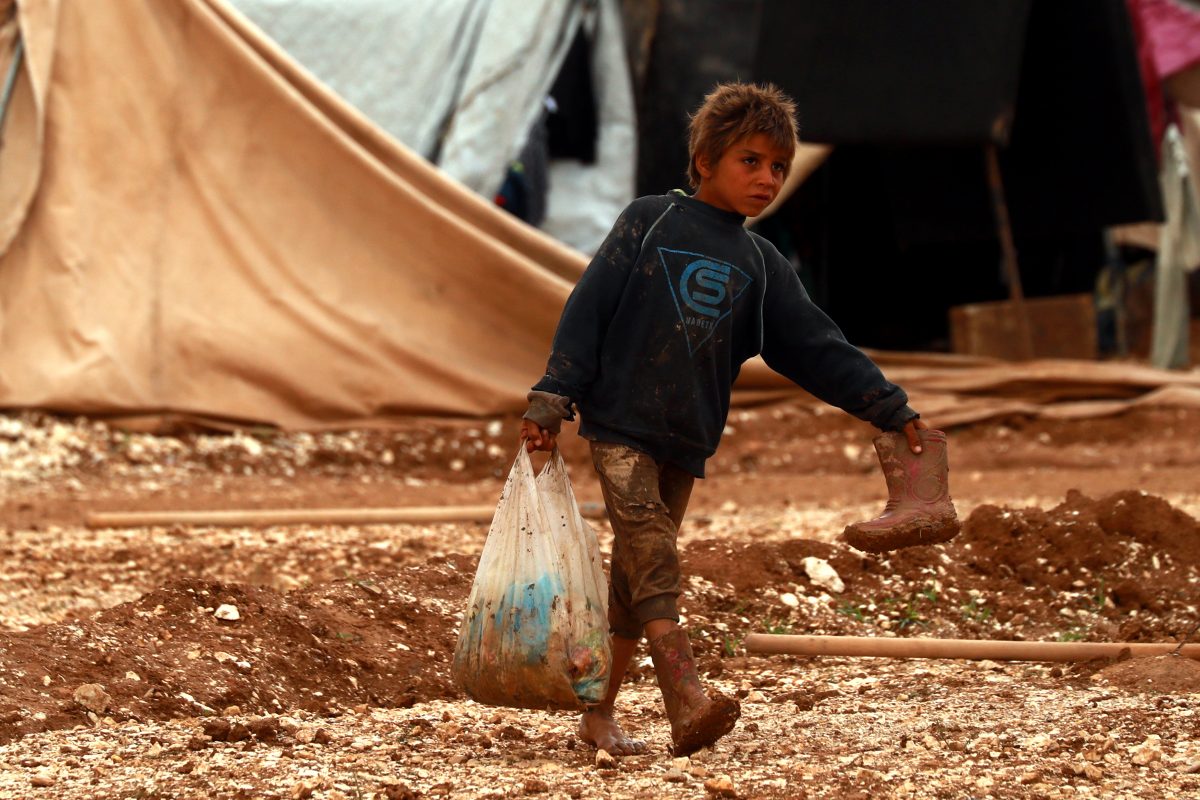
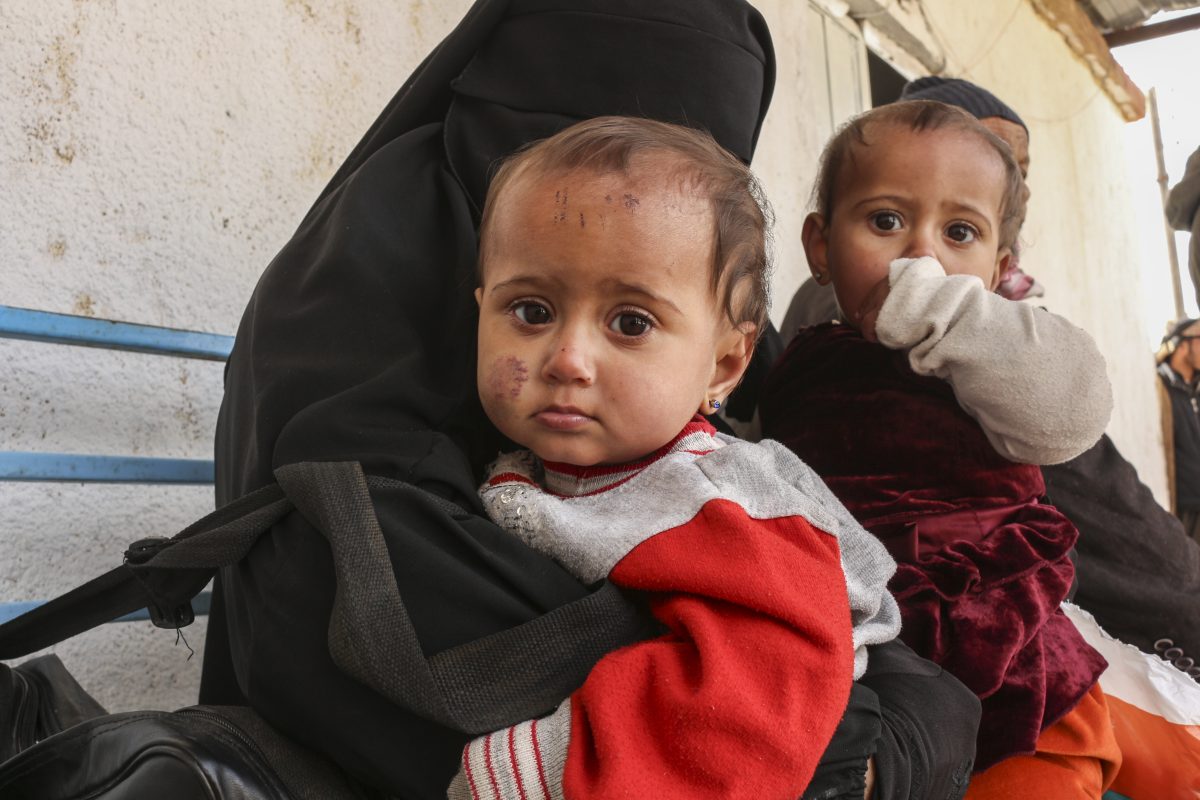
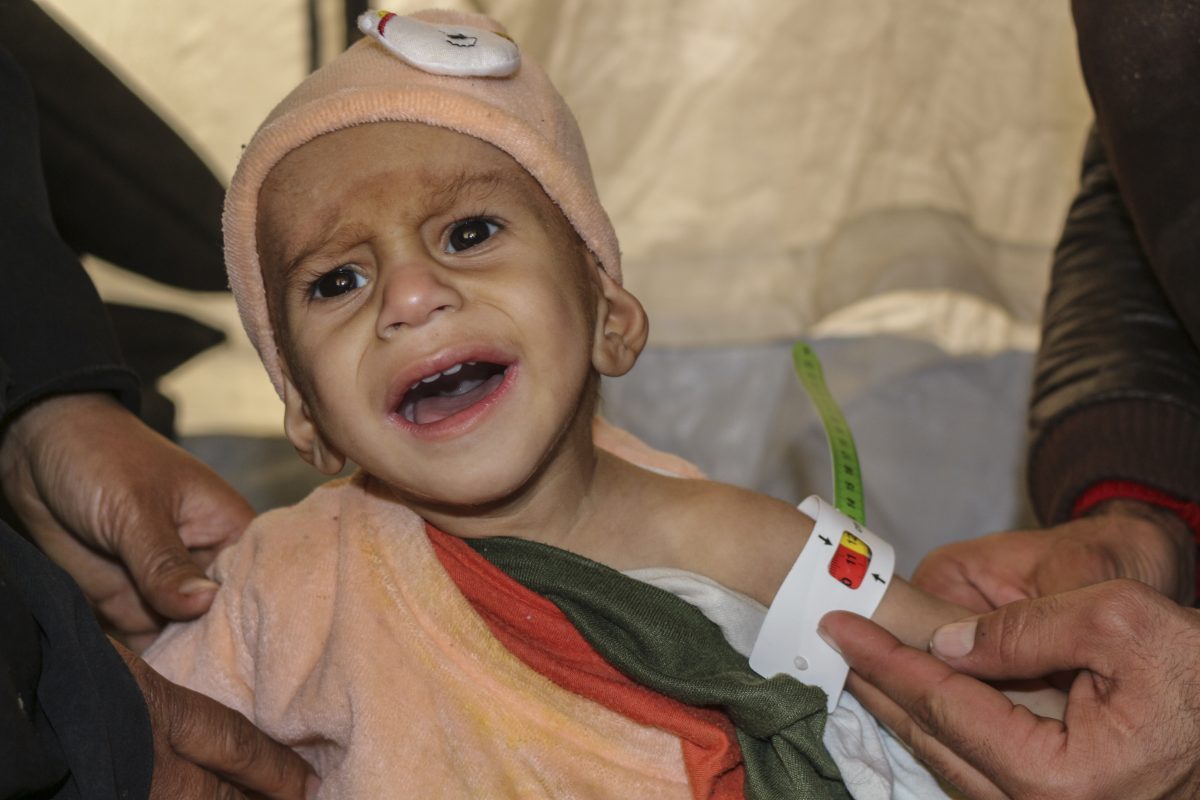
SIRIA/UNICEF: NEL 2018 1.106 BAMBINI UCCISI, NUMERO PIÙ ALTO DA INIZIO GUERRA
ROMA – “Solo nel 2018, in Siria 1.106 bambini sono stati uccisi nei combattimenti, il più alto numero di bambini uccisi in un solo anno dall’inizio della guerra. Questi sono solo i numeri che l’Onu è stato in grado di verificare, ma le cifre reali sono probabilmente molto più alte. Le mine rappresentano ora la principale causa di vittime tra i bambini in tutto il paese, con 434 morti e feriti causati da ordigni inesplosi l’anno scorso. Il 2018 ha visto anche 262 attacchi contro le strutture scolastiche e sanitarie, anch’essi a livelli record.
Oggi c’è un allarmante equivoco che il conflitto in Siria stia rapidamente per concludersi: non è così. I bambini in alcune parti del paese rimangono in pericolo come in qualsiasi altro momento durante gli otto anni di conflitto. Sono particolarmente preoccupata per la situazione nella Siria nordoccidentale di Idlibin, dove un’intensificazione della violenza ha ucciso 59 bambini solo nelle ultime settimane.
I bambini e le famiglie nelle terre di nessuno continuano a vivere nel limbo. La situazione delle famiglie di Rukban, vicino al confine giordano, continua ad essere disperata, con accesso limitato a cibo, acqua, riparo, assistenza sanitaria e istruzione. Sono anche allarmata dal peggioramento delle condizioni del campo di Al Hol, nel nord-est del paese, dove vivono più di 65.000 persone, tra cui si stima che ci siano 240 bambini non accompagnati o separati. Da gennaio di quest’anno, quasi 60 bambini sono morti lungo i 300 chilometri di cammino da Baghouz al campo. Il destino dei bambini dei ‘foreign fighters’ in Siria rimane poco chiaro. L’UNICEF esorta gli Stati membri ad assumersi la responsabilità per i bambini che sono loro cittadini o nati da loro cittadini, e ad adottare misure per evitare che i bambini diventino apolidi.
Nel frattempo, i paesi limitrofi della regione ospitano 2,6 milioni di bambini rifugiati siriani che, nonostante il sostegno dei governi ospitanti, delle Nazioni Unite e della comunità internazionale, devono affrontare le proprie sfide. Molte famiglie non possono mandare i propri figli a scuola e, con poche opportunità di guadagno, stanno scegliendo soluzioni negative tra cui il lavoro minorile e il matrimonio infantile per farcela.
All’inizio del nono anno di guerra, l’UNICEF ricorda ancora una volta alle parti in conflitto e alla comunità globale che sono i bambini che hanno sofferto di più e che hanno più da perdere. Ogni giorno in cui il conflitto continua è un altro giorno rubato alla loro infanzia.
L’UNICEF continua a lavorare in tutta la Siria e nei paesi vicini per aiutare a fornire ai bambini servizi sanitari, educativi, di protezione e nutrizionali essenziali e per aiutare a costruire la capacità di recupero delle famiglie. Ma questo non è sufficiente. Rinnoviamo il nostro appello a tutte le parti in conflitto, così come a coloro che hanno influenza su di loro, a dare priorità alla protezione di tutti i bambini, indipendentemente da chi controlla quale area e a prescindere dalle presunte affiliazioni di un bambino ad una famiglia.
Rinnoviamo anche il nostro appello per un accesso incondizionato e sicuro alle famiglie bisognose e per soluzioni sostenibili, volontarie e a lungo termine per coloro che scelgono di non tornare. Alla vigilia della conferenza dei donatori a Bruxelles, esortiamo anche i donatori a mantenere la loro generosità nei confronti dei bambini della Siria e dei paesi vicini. Sono necessari finanziamenti prevedibili, senza restrizioni e pluriennali per far fronte ai bisogni immediati e a lungo termine dei bambini e delle loro famiglie in Siria e in tutta la regione”.
Le notizie del sito Dire sono utilizzabili e riproducibili, a condizione di citare espressamente la fonte Agenzia DIRE e l’indirizzo www.dire.it


